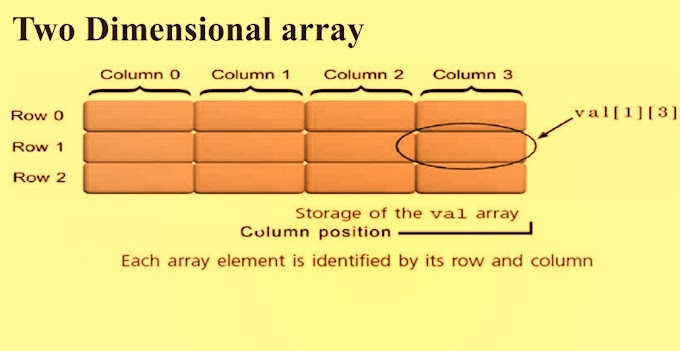HTML INTRODUCTION
HTML is the standard markup language for creating Web pages.
What is HTML?
- HTML stands for Hyper Text Markup Language
- HTML is the standard markup language for creating Web pages
- HTML describes the structure of a Web page
- HTML consists of a series of elements
- HTML elements tell the browser how to display the content
- HTML elements label pieces of content such as "this is a heading", "this is a paragraph", "this is a link", etc.
HTML TAGS
HTML markup tags are usually called HTML tags
HTML tags are keywords surrounded by angle brackets like <html>
HTML tags normally come in pairs like <b> and </b>
The first tag in a pair is the start tag, the second tag is the end tag
- Start and end tags are also called opening tags and closing tags.
A Simple HTML Document
Example:
<html>
<head>
<title>Page Title</title>
</head>
<body>
<h1>My First Heading</h1>
<p>My first paragraph.</p>
</body>
</html>
Example Explained:
- The
<!DOCTYPE html>declaration defines that this document is an HTML5 document - The
<html>element is the root element of an HTML page - The
<head>element contains meta information about the HTML page - The
<title>element specifies a title for the HTML page (which is shown in the browser's title bar or in the page's tab) - The
<body>element defines the document's body, and is a container for all the visible contents, such as headings, paragraphs, images, hyperlinks, tables, lists, etc. - The
<h1>element defines a large heading - The
<p>element defines a paragraph
Web Browsers:
The purpose of a web browser (Chrome, Edge, Firefox, Safari) is to read HTML documents and display them correctly.
A browser does not display the HTML tags, but uses them to determine how to display the document:
HTML Page Structure:
Text-HTML Formatting Elements:
Hyperlink
- A hyperlink (or link) is a word, group of words, or image that you can click on to jump to a new document or a new section within the current document.
- When you move the cursor over a link in a Web page, the arrow will turn into a little hand. Links are specified in HTML using the <a> tag.
The <a> tag can be used in two ways:
- To create a link to another document, by using the href attribute
- To create a bookmark inside a document, by using the name attribute.
The HTML code for a link is simple. It looks like this: <a href="url">Link text</a>
The href attribute specifies the destination of a link.
Example:
<a href="http://www.quickcodings.com/">Visit quickcodings</a>
which will display like this: Visit quickcodings
Clicking on this hyperlink will send the user to W3Schools' homepage.
Tip: The "Link text" doesn't have to be text. You can link from an image or any other HTML element.
Text-HTML Formatting Elements:
Hyperlink
- A hyperlink (or link) is a word, group of words, or image that you can click on to jump to a new document or a new section within the current document.
- When you move the cursor over a link in a Web page, the arrow will turn into a little hand. Links are specified in HTML using the <a> tag.
- To create a link to another document, by using the href attribute
- To create a bookmark inside a document, by using the name attribute.
The HTML code for a link is simple. It looks like this: <a href="url">Link text</a>
The href attribute specifies the destination of a link.
Example:
<a href="http://www.quickcodings.com/">Visit quickcodings</a>
which will display like this: Visit quickcodings
Clicking on this hyperlink will send the user to W3Schools' homepage.
Tip: The "Link text" doesn't have to be text. You can link from an image or any other HTML element.












0 Comments